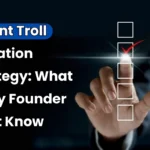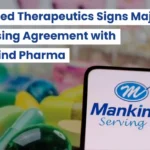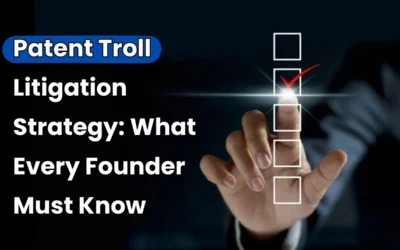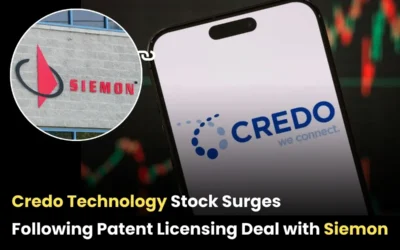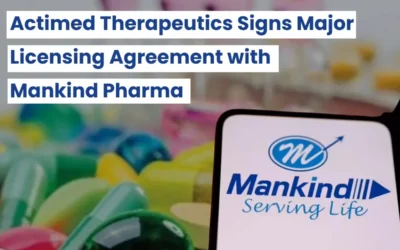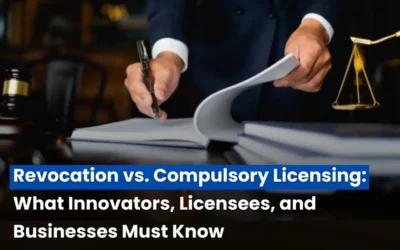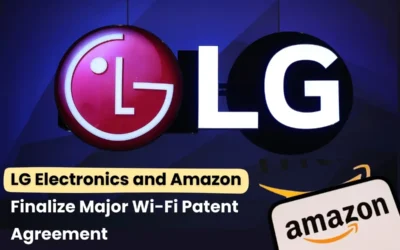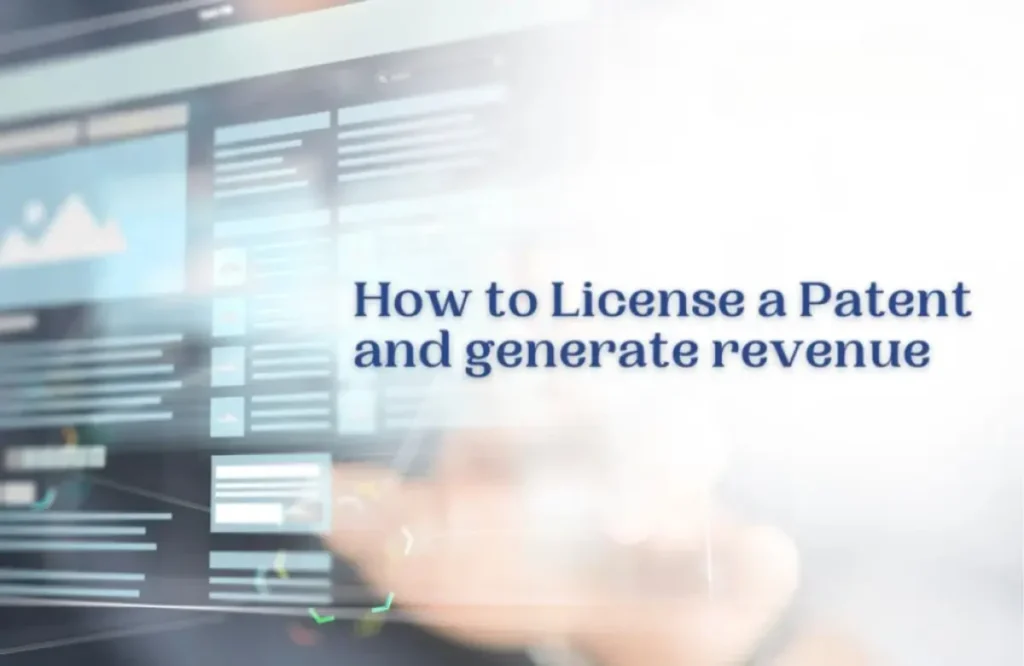
How to License a Patent and Generate Revenue, Patent is that special form of intellectual property which denies an inventor or any assignee his right of free invention over a particular specified period. Patent licensing is only one of the different techniques followed by one who wants to get a share in terms of profit without losing ownership to others of the invention he has created. You can now sell your patent and earn money from it without having to manufacture or sell a product. In the following guide, let us discuss the basics of how one can effectively generate revenue from licensing a patent.
What Is Patent Licensing?
Patent licensing is an agreement form for permission allowance in which the licensor, being otherwise the patent owner, gives some other person the right of license, termed ‘licensee’, either to use, manufacture, sell or distribute a patented invention. The legal owner remains a licensor while permitting licence exploitation for this patented technology at some compensatory value arrived at on agreed terms.
There are two types of Patent Licensing:
Patent licensee receives the exclusive right to the patent, and in many cases, the patent is for a specific region or market. During the time of a licence, the licensor cannot grant the patent license to third parties. In non-exclusive licensing, the licensor licenses a number of licensees. Here in the case of non-exclusive licensing of this invention, the licensee is entitled to the right to use the invention while other parties are permitted to get the license on the same invention. Patent licensing will be the most appropriate move an owner of a patent can do, especially if he lacks the ability or resources to go into manufacturing and marketing his invented products. There, you benefit from the return in the form of royalties or a fixed sum while that other person looks after production and distribution.
Steps of patent licensing :
Step 1: Determine the Worth of Your Market Patent
This requires pre-licensing market potential. For instance, before you are ready to begin licensing, after you feel that your product is worthy of licensing, you have to ask yourselves questions like the following:
- Is your invention in demand?: Carry out a market research in order to try and find out if your invention solves a problem or fulfills a need for a particular industry.
- How many industries might use my patent?: Consider what types of industries are well-suited to using your invention. For instance, new battery technology would have an enormous effect on the world of electronics or on the automotive world.
- How is the competition?: Take your time and go deep into whether there are patents or inventions already out in the market that might compare with yours. This would obviously help you in establishing whether your invention has better chances of competition and how it differs from them, hence helping in its marketing.
Step 2: Organize your patent portfolio
A documented patent portfolio is really handy when getting licensing deals. To bring up the possibility of success, pay attention to the following:
- Patent protection: Someone’s patent had been granted and placed in the enforcement practice. In the absence of patent protection, the licensor will steer clear of the licensing agreement with you.
- Patent rights: patent rights should be clear and solely yours. When a patent is in joint or ambiguous ownership, it becomes pretty hard to have any kind of license negotiated.
- Patentability and uniqueness: your patent must be a unique solution or an improvement over current technology. Patent offices approve patents on such innovations only.
- Patent file: An organized file of patent and technical descriptions along with drawings will be helpful while providing information about the patented creation to prospective licensers.
Step 3: Identify Potential Licensees
In order to search for interested licensers, look for anyone or any organisation that might need to license your patented discovery. This might be achieved via the following:
- Industry conferences and trade shows: Attend events in the same industry as your inventive product to meet possible licensees.
- Patent brokers: Professional patent brokers or middlemen specialise in the matching of patent holders with licensees. They can help you find and negotiate deals.
- Direct outreach: Identify businesses that would probably license your invention. Usually, it is wise that you first target the largest firms in the industry where you are interested
Certain patent databases enable searching for active patents and display information regarding potential licensors, and also find which companies would likely be interested
Step 4: Negotiate the Licensing Terms
Now that you have your pool of potential licensees, it is time to negotiate licensing terms. Some of the key issues you should be negotiating about include:
- Royalties: In most industries and for most patented technologies, royalties are collected as a percentage of sales revenue earned by the patented product or technology. Once more, this rate will depend on industry and technology and on the level of exclusivity. Lump sum. Sometimes you can take the entire payment as one amount covering rights that will be used to, for example, patent. That is a nice feature when you really need the cash.
- Territory and exclusivity: You should identify whether the licence accorded to you is an exclusive or nonexclusive license. You are also required to mention what geographic areas are covered under this licence, such as a global or regional license.
- Duration of the licence: This will refer to the period the agreement is to last. A lot of patent licenses have a term, but it can be extended by the parties for mutual licensing agreement.
- Right to sublicense: The licensee may want to have the right to sublicense the technology to third parties. Clearly indicate if this is allowed and how the revenue from sublicensing will be split.
- Performance milestones: Include provisions that will safeguard your interest, like sales or production targets that the licensee must achieve.
Step 5: Write the License Agreement
After all these steps and you have signed the agreement, you can go ahead to seal the deal. Now you will pen a licensing agreement. Again, this would have to be with an intellectual property attorney because your agreement is legal and will safeguard your rights. Below are some of the basics that this licensing agreement would have covered:
- Rights and obligations in the relationship of the parties concerned
- Conditions Regarding Payment and royalty
- Any secrets agreement and Patent Infringement
- Conditions Cancellation and variation of the Agreement
- Resolution of Disputes mechanism of the agreement.
Step 6: Monitoring and Surveillance period of the licensed agreement
All structures of the licensing agreement require scrutiny or surveillance of its licensee’s transactions to be able to impose compliance on the deal. Check-up exercise or scrutiny is for the activities of the licenser, especially regarding the check-up of issues and matters concerning royalty payments, quality of product, and marketing campaigns. That is, legal recourse may be required if any licensee does not respect or ignores the provisions of your licensing contract on issues concerning patent infringement.
Maximizing Patent Licensing Revenue
These are the steps to maximize income for your patent licensing agreement:
- Licensing worldwide: If it is likely that your patent will be enforced around the world, then licensing your patent to other companies in other countries would certainly rake in a lot of money for you. All you have to do is, first of all, research each country’s legal status.
- Non-exclusive licensing: you can license the same patent to plenty of licensors. As long as you have possession of the patent, you therefore own a non-exclusive license, which will add diversity to your revenues.
- Sublicensing: Let your patent to the licensee to license it to other people. In the long run, he or she would earn more money on royalties by sublicensees plus yours.
- Stick to the product development: Keep the licensee of proper development of and marketing on the patented technology. Your remaining on the product would increase the possibilities to make your product successful.
- Periodical review of licensing agreements: The licensing agreements should be reviewed periodically so the terms agreed upon will go commensurate with market conditions and ongoing trends in the industry. In fact, you may even bargain for a better financial deal.
Read Also: The Critical Role and Importance of Patents in Business Strategy 2025
Conclusion
Licensing a patent is one of the best ways through which you can generate money from your intellectual property. This is where your patented technology is licensed to yet another party: you thusly reap the profit from your idea without them actually having to ever make and sell it. You do need a serious assessment regarding market potential, appropriate licensees; and bargaining of terms, all for successful patent licensing. With the right strategy, patent licensing can be a source of income that earns you money yet does not compromise your rights of ownership.
